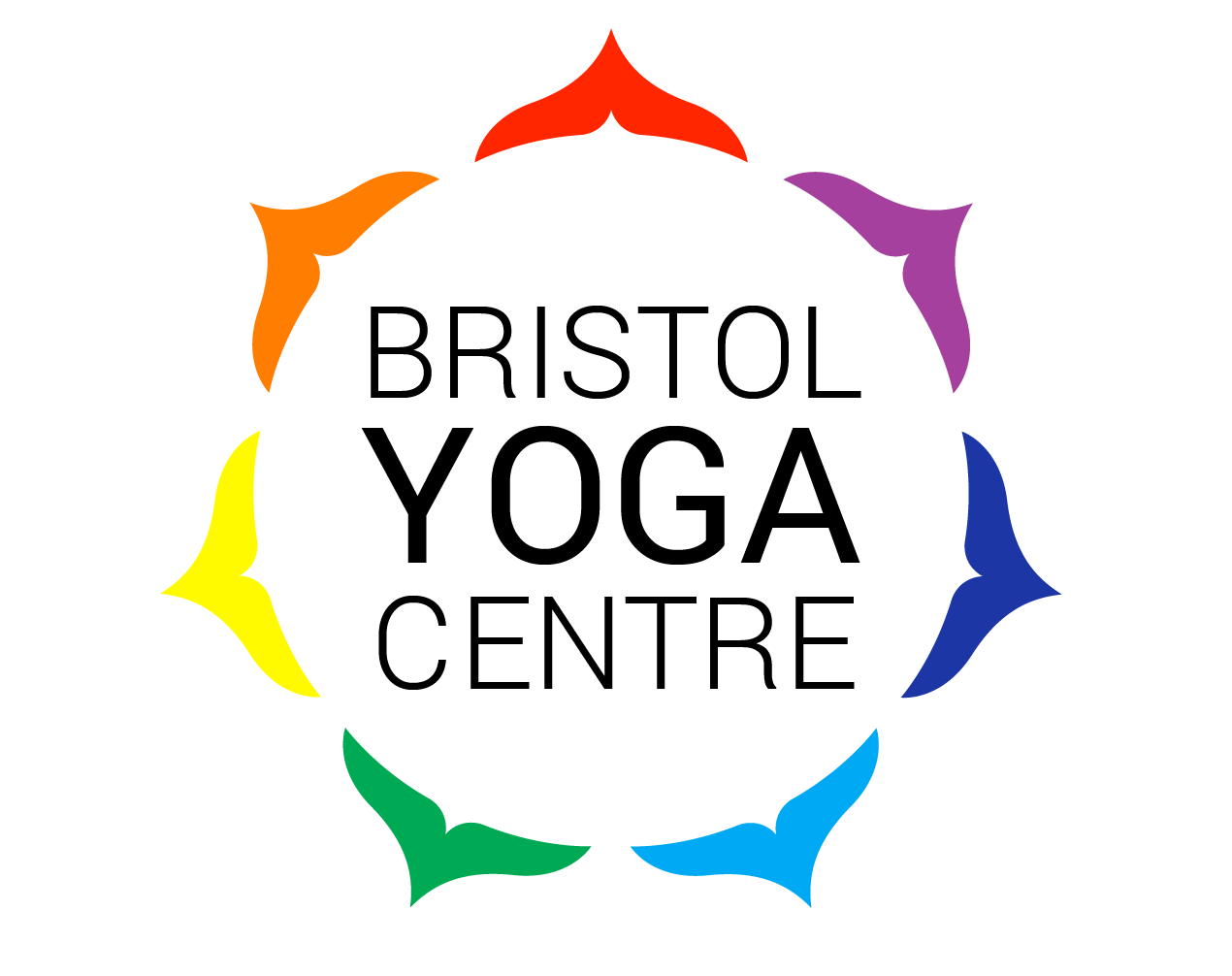Sukhasana is one of the most simple and popular cross-legged seated poses and it's often used for pranayama and meditation practice. It is often translated as easy or comfortable pose and when you do this posture well, it can create a relaxed and yet alert state in both the body and mind. This is an ideal condition for pranayama and meditation practice.
The name suggests it may be an easy pose to get to grips with but many people really struggle with Sukhasana. This is not surprising as we are more used to sitting on chairs or sofas than the ground. When we sit on chairs or sofas, there is a tendency to lean back and collapse the body. In meditation and pranayama, it’s really important that the spine is kept upright.
Seated postures in yoga teach us how to sit straight and this helps to strengthen our core muscles. When we sit tall, our chests are kept opened and spacious, making it much easier to breathe in a relaxed and calm way. If you breathe properly, the mind can be clearer and more focused.
In order to be able to cross your legs comfortably in this seated posture, you need certain amount of flexibility in the legs and hips. A regular asana practice helps tremendously. After all, one of the reasons asanas are traditionally practiced is to be able to comfortably sit and meditate. Postures such as Supta Baddha Konasana (lying cobbler pose) and Prasarita Padottanasana (wide stance forward bend) are particularly beneficial. Limbering movements like the Pawanmuktasana (wind releasing series) are also excellent warm up sequence to do to avoid cramps and pins & needles.
Once you’re able to sit comfortably in Sukhasana, you will actually find that this pose is incredibly stable and grounding. When you can release your weight down properly, it’s easier to extend upwards more effortlessly. It’s also a great pose to keep your hips opened and relaxed.
If you have a home practice, try to practice seated postures at the beginning and at the end of the practice. Notice how it feels at different times of your practice. It’s a great way to reflect and to create a more harmonious practice. It will also make it easier to sit for longer in Sukhasana.
In fact the more time you spend in it, the better this pose will feel. So any time possible, try sitting in Sukhasana instead of using a chair or a sofa at home. At first try using a cushion, blankets and yoga blocks for support. You can even sit against a wall if you find it hard to keep the spine straight.
I think one of the reasons why I’ve found seated postures fairly easy from the beginning is because I spent much of my early childhood sitting on the floor. I grew up in Japan and it’s in our culture to sit on the ground, although this is slowly changing due to Western influences.
A well known yoga teacher in the UK once told me that she got rid of chairs and sofas and decided to furnish her house in an oriental style as she believed that sitting on a ground was so much healthier. I wouldn’t encourage everyone to go to this extreme but there are benefits gained from doing this pose regularly.
When I sit in Sukhasana, I find that I can concentrate better and keep my posture intact. As I write this blog, I’m actually sitting crossed-legged on a chair! Keep practicing and it will become an easy pose for you too.















